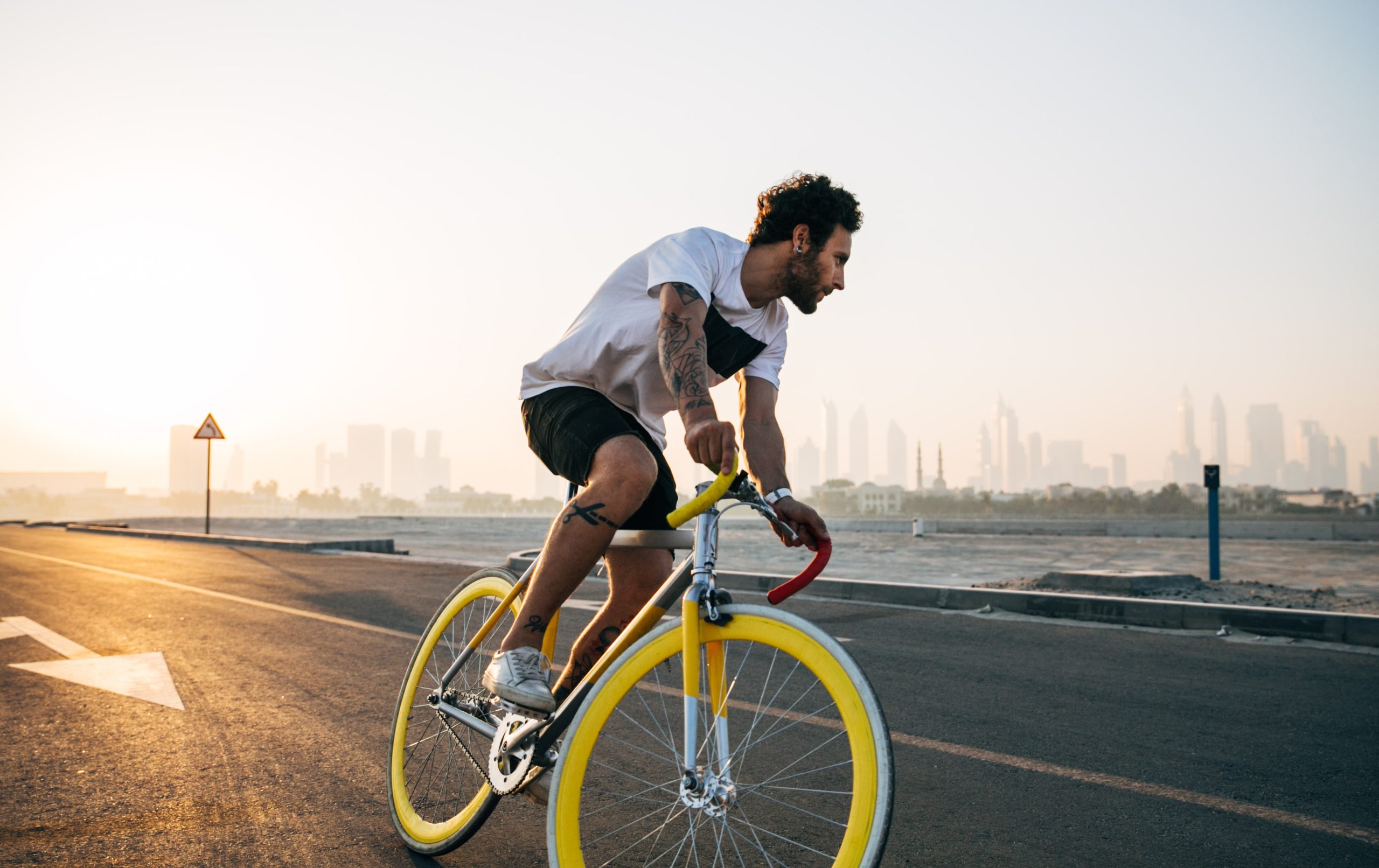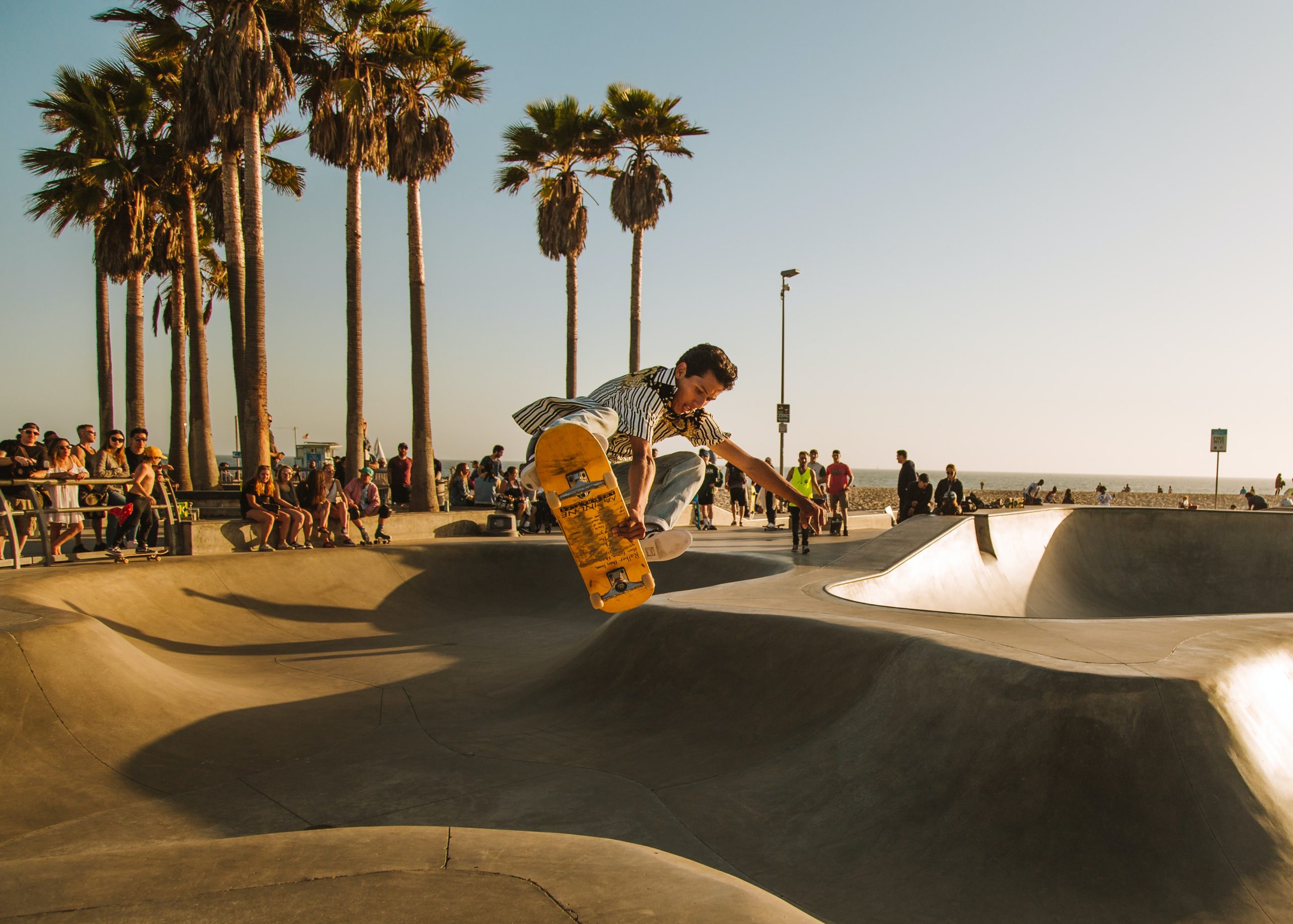
2023’s Best And Worst Cities For An Active Lifestyle
WalletHub has released its picks for the best and worst cities to live in if you’re seeking an active lifestyle.
With “exercising more” and “losing weight” among the top New Year’s resolutions, the personal-finance website WalletHub today released its report on 2023’s Best & Worst Cities for an Active Lifestyle, as well as expert commentary.
To determine where Americans have the best chance of remaining active, WalletHub compared the 100 biggest U.S. cities across 36 key metrics. The data set ranges from the average monthly fitness-club fee to bike score to the share of physically inactive adults.
Best Cities for an Active Lifestyle
1. Honolulu, HI
2. San Francisco, CA
3. New York, NY
4. Chicago, IL
5. Las Vegas, NV
6. Cincinnati, OH
7. San Diego, CA
8. Madison, WI
9. Denver, CO
10. Atlanta, GA
Worst Cities for an Active Lifestyle
91. Santa Ana, CA
92. Memphis, TN
93. Fresno, CA
94. Newark, NJ
95. Wichita, KS
96. Irving, TX
97. Winston-Salem, NC
98. Fort Wayne, IN
99. Garland, TX
100. North Las Vegas, NV
Best vs. Worst
- Orlando, Florida, has the most sporting-goods stores (per square root of population), 0.386655, which is 11.9 times more than in North Las Vegas, Nevada, the city with the fewest at 0.032468.
- Gilbert, Arizona, has the most public golf courses (per square root of population), 0.076537, which is 38.9 times more than in Laredo, Texas, the city with the fewest at 0.001969.
- Lincoln, Nebraska, has the most fitness trainers and aerobics instructors per 100,000 residents, 180, which is 5.8 times more than in Bakersfield, California, the city with the fewest at 31.
- New York has the most playgrounds (per square root of population), 0.671157, which is 13.5 times more than in Gilbert, Arizona, the city with the fewest at 0.049749.
To view the full report and your city’s rank, click HERE.
Expert Commentary
How can local communities encourage and facilitate active lifestyles among residents?
“An intentionally built, clean, and safe environment that allows physical activity opportunities to be accessible by all, regardless of socioeconomic status and/or physical ability – sidewalks, public parks, and playgrounds, walking paths, indoor recreation spaces, sports fields. Then, ensure residents are aware of what is available to them to support an active lifestyle. Also, organizing community events throughout the year that get people moving together would not only encourage active lifestyles but also help build a strong community.”
Connie Tompkins, Ph.D. – Associate Professor, University of Vermont
“Building sidewalks or bike lanes when feasible would be great. Also, posting signs to raise awareness of sharing the road is important for safety. In parks, having trails or equipment would provide an opportunity to engage.”
Steven K. Malin, Ph.D., FACSM – Associate Professor, Rutgers, The State University of New Jersey
How can we increase access to and use of gyms and recreational facilities? Would incentives – such as tax deductions for gym memberships – or penalties – such as higher health care premiums – be more effective?
“Establishing shared use agreements, which allow for public access to existing recreation facilities or spaces when not being used, is one strategy. And positive motivation rather than punitive is typically more effective when it comes to encouraging healthy behaviors, so incentives rather than penalties would be the way to go. Ultimately, for someone to engage in and maintain a physically active lifestyle, it needs to be easily accessible and they need to enjoy it.”
Connie Tompkins, Ph.D. – Associate Professor, University of Vermont
What tips do you have for someone looking to maintain an active lifestyle on a budget?
“Just move. Being active does not mean one has to have expensive gadgets or equipment. A decent pair of running/cross-trainers can go a long way to support building up steps throughout the day – a good target is 7500/day. A practical way to build up to these step goals would be taking light to brisk walks for just 10-15 min after each main meal (e.g., breakfast lunch or dinner). Another thought would be to make ‘exercise snacks’ a part of your day. Many of us get older, we sit for most of the working day given our jobs. But if people can get up and walk around for 1-5 min an hour, that would help too.
“In line with low-budget activity would be to do bodyweight exercises, including body squats, jumping jacks, lunges, push-ups, or planks for 1 to 5 minutes an hour, this could go a long way in curbing blood glucose, blood pressure, and lipid levels to even improving cognition throughout the day not to mention mental well-being. Another idea could be to purchase resistance bands that help mix up the type of weight lifting one does. These are portable and easy to take to work or hotels when traveling. A jump rope too in addition is a great buy for a low cost that provides tremendous cardiovascular workouts. If inclined, one can buy a stability ball and use this as a chair. It would help build strength in core muscles and support low back pain.”
Steven K. Malin, Ph.D., FACSM – Associate Professor, Rutgers, The State University of New Jersey
“I love to encourage people to look for opportunities where they can ‘sneak’ in physical activity throughout their typical day – park in a spot further away from a building, take the stairs, walk while on the phone – these may seem small and insignificant, but small changes add up. One often overlooked budget-friendly resource is the public library. Public libraries frequently host yoga or other fitness classes, offer free passes to state parks, and exercise videos that patrons can physically check out or download. Also, many fitness and recreational facilities offer discounts based on professions (teachers, healthcare workers, students). And finally, there are countless, free, activity-based online- or app-based resources.”
Connie Tompkins, Ph.D. – Associate Professor, University of Vermont












